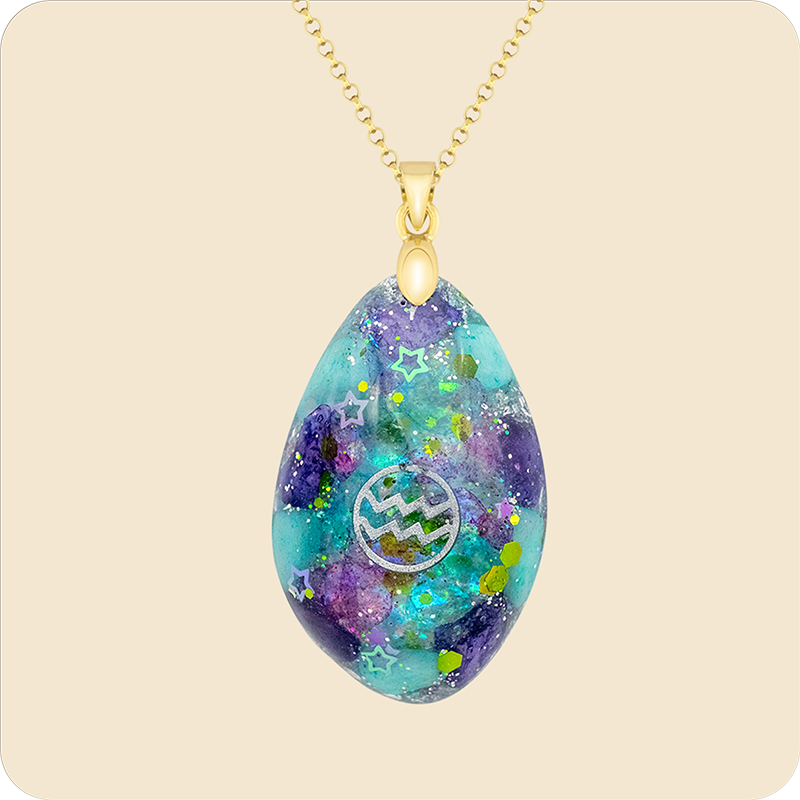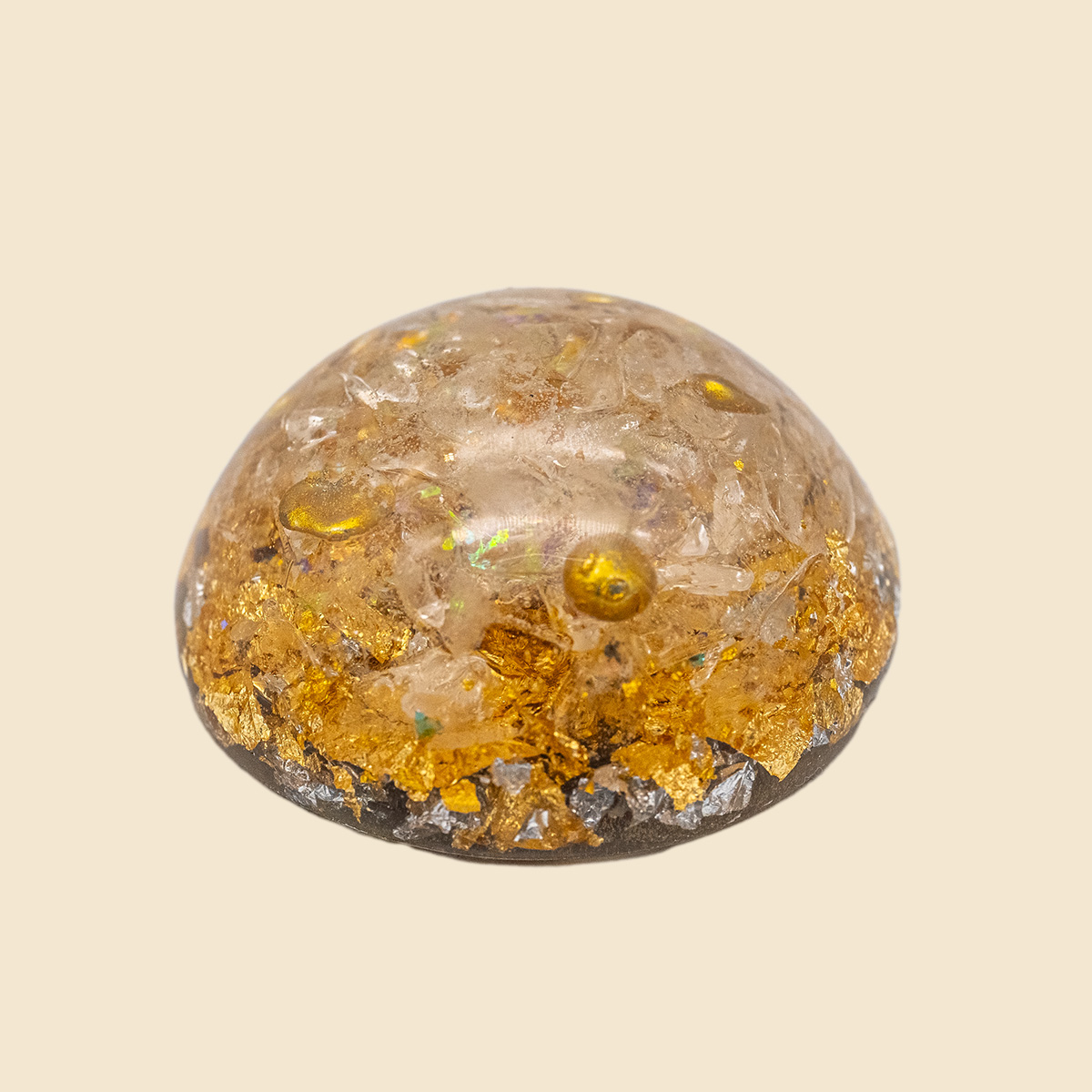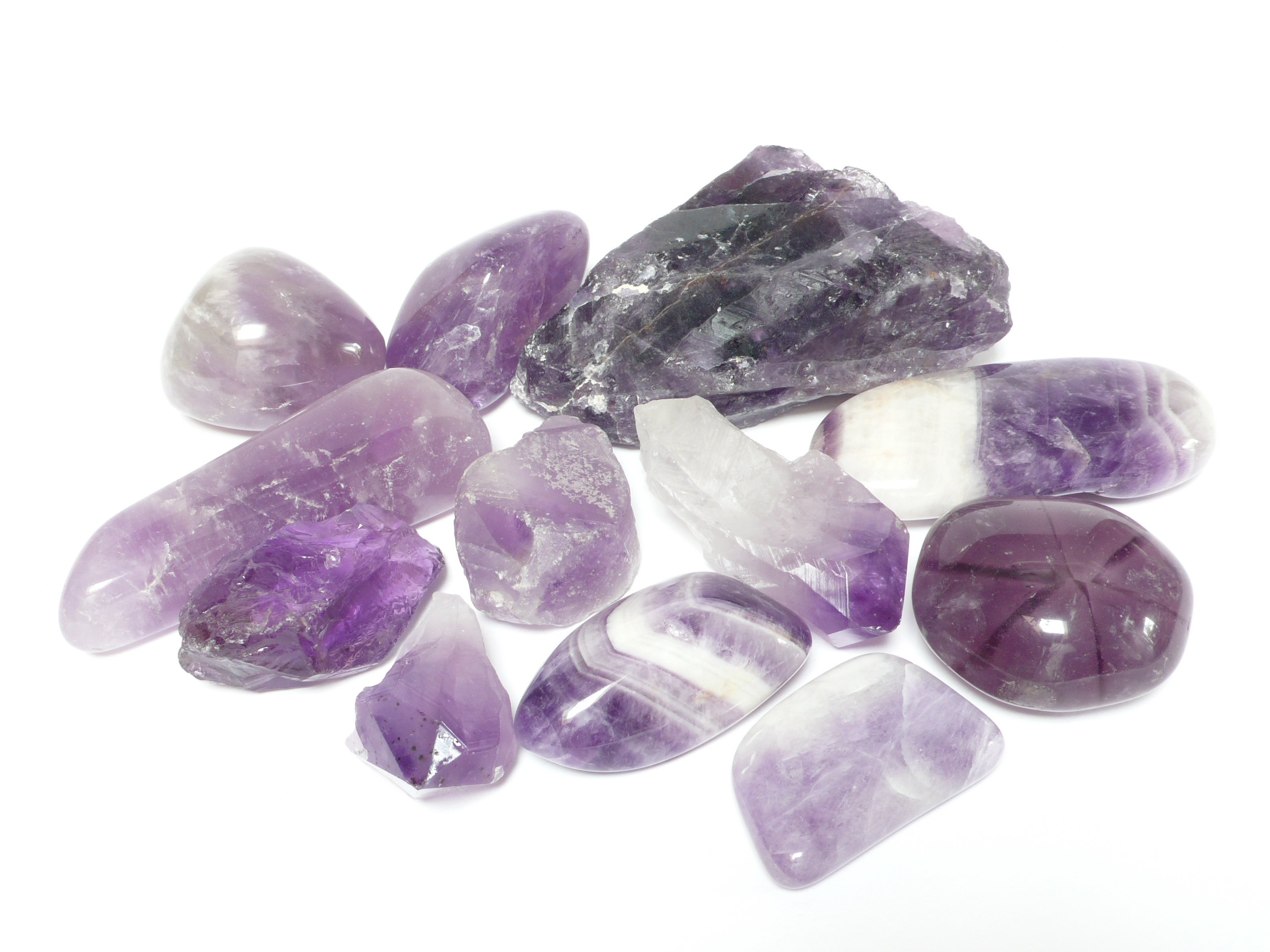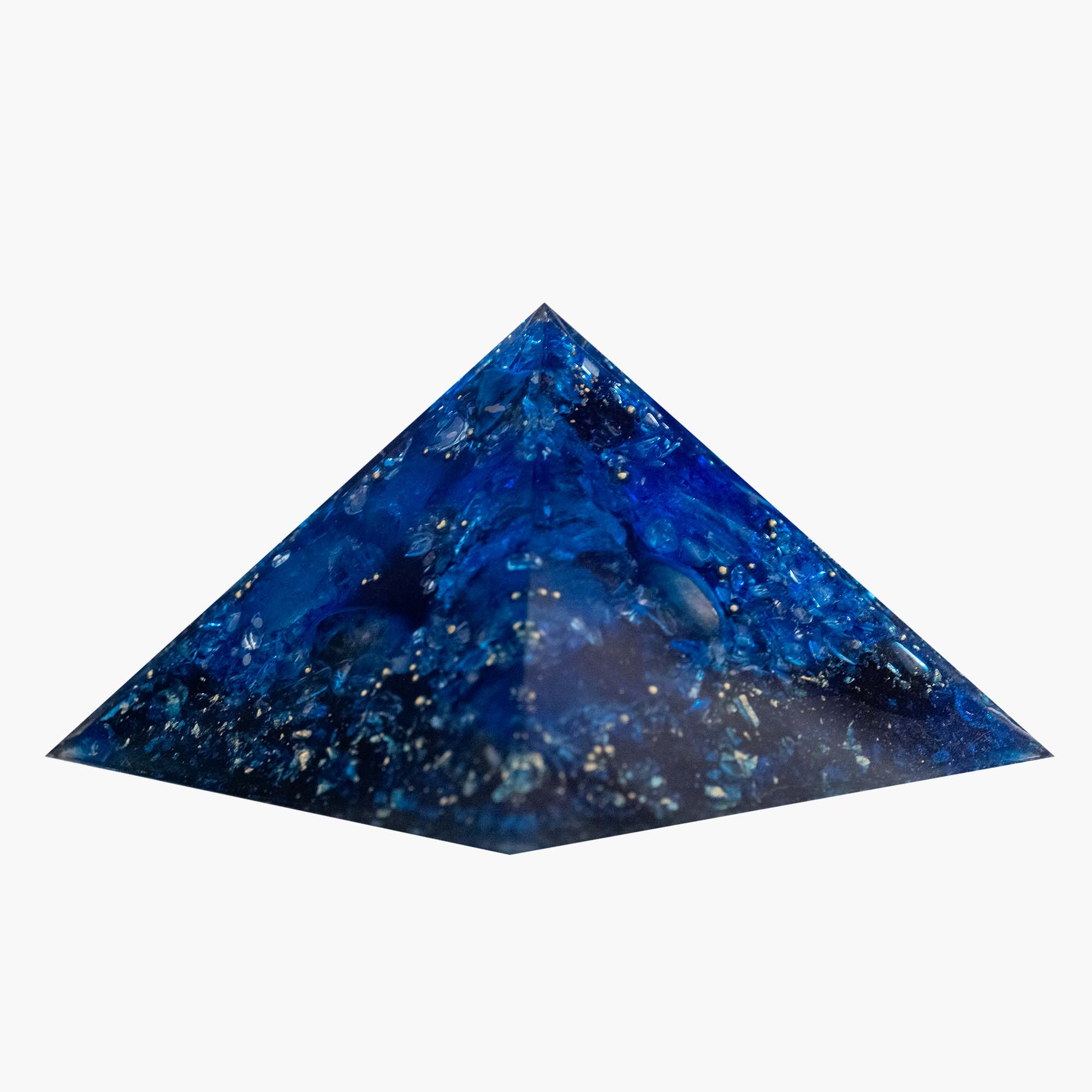The Sapphire - Attain Enlightenment
Stones like the sapphire, along with the ruby, belong to the corundum group of gemstones. After the diamond, this is the second hardest known mineral. The sapphire is also considered a healing stone and comes in many different colors. Only the red hues are excluded, as these are categorized as rubies.
Highly sought after and exclusive, for example, is the cornflower blue sapphire. This stone mostly comes from Burma or Sri Lanka. Also popular is the Kashmir sapphire with its intense blue color or the orange-pink Padparadscha sapphire. To enhance the intensity of the colors and bring them out even more, many sapphires are heated to a high temperature of up to 1,800° Celsius.
The sapphire is one of the most coveted and sometimes most expensive colored gemstones. Especially for an untreated sapphire of high quality, extremely high prices are often demanded. Due to the limited availability of resources, sapphires are increasingly being used by some individuals as a long-term investment.
These gemstones can range from transparent to opaque. The high Mohs hardness of 9.0 clearly indicates that this stone is extremely hard. The main mining areas for sapphire are in Australia, China, India, Madagascar, Sri Lanka, Thailand, Tanzania, and the USA. The name sapphire is derived from the Greek word "Sappheiros," the Latin term "Saphirus," as well as the Sanskrit name "Saritana." The meaning can be translated as "stone dedicated to Saturn."

Sapphires – Gemstones with a Certain Beauty
Blue synthetic sapphires were already being produced by the end of the 19th century. Economically viable quantities emerged in the early 1920s. Colorless, completely clear sapphires have been known since around 1920 and were then referred to as Diamantite.
In Tibet, there is a long-standing legend about "Seven Star Spirits" who are said to rule the world and were created "by the supreme lord." According to the legend, these star spirits are embedded in the story of creation as gemstones in their most perfect form—Alexandrite, Aquamarine, Ruby, Sapphire, Emerald, Star Sapphire, and Topaz.
Astrological Significance of the Sapphire
Sapphire also plays a significant role in astrology. It is associated with the planets Jupiter, Mercury, and Venus as a planetary stone. This association with certain planets and constellations is originally found in Indian horoscopes.
In the field of healing stones, another important area, sapphire is used. The form of the healing stones does not matter; you can use a raw sapphire or a tumbled sapphire stone. The individual skin contact and the associated pleasant sensation are crucial here.
In most applications, the tumbled stone is used. This is ideal because it has a very pleasant surface texture. Another advantage of the tumbled stone is its price. This shape requires relatively little effort to produce, which is why it is very popular as a healing stone.
The Soul, the Mind, and the Chakra of the Gemstone
Sapphire is considered a true symbol of fidelity. It is said to promote the thirst for knowledge and the desire for wisdom, bringing order to mental chaos. The stone's effectiveness on the mental level is, however, weakly pronounced. When it comes to mental chaos, sapphire should be worn over a long period (at least a few weeks) for its full effect to manifest.
In this way, the personal chakra can be sustainably and permanently strengthened. Gemstones like sapphires can be used for meditation, though there are better-suited stones for meditation than sapphire due to its high cost. However, if the user has a real sapphire on hand, there is no harm in experimenting with it to improve the chakra.
Sapphires should be cleaned regularly. Dirt particles and oils accumulate on a stone that is worn directly on the skin. Therefore, it is advisable to clean it occasionally with lukewarm water. Healing stones like sapphire should also take a short sunbath from time to time. This allows gemstones like sapphire to recharge and renew their energy.
Average rating of 4.8 out of 5 stars
































